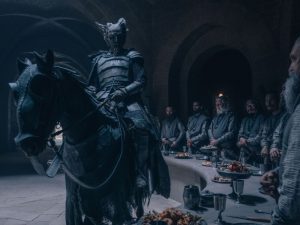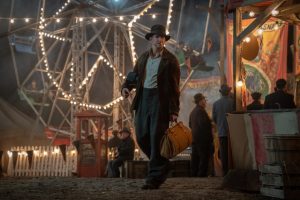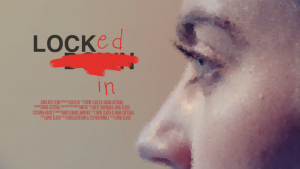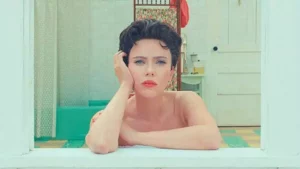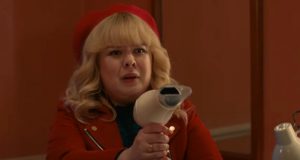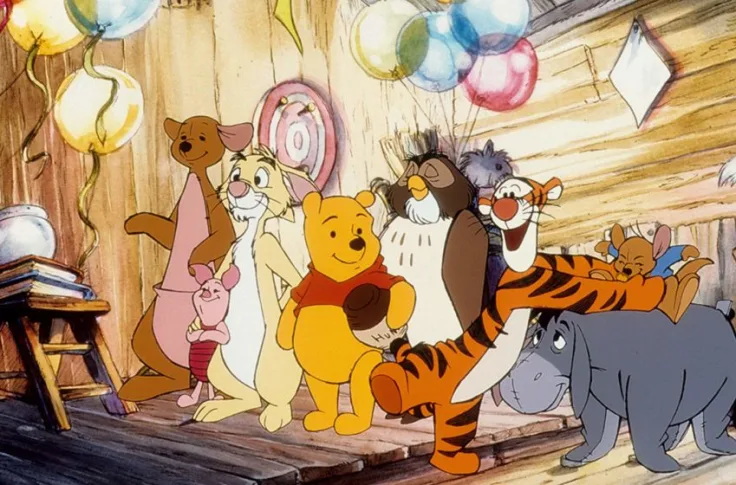

We’re back at it in the Great Disney Reel Rumble Retrospective! We continue on through the Bronze Age as we cover the first time Disney released two feature films in the same year. Without further ado, let’s dive in.
The History of the Films
While The Many Adventures of Winnie the Pooh, as a film, did not have any involvement from Walt Disney, it is the last film that can claim technical involvement from Walt. Disney obtained the rights to the Winnie the Pooh stories back in 1961. Walt had wanted to make works based on these stories as far back as 1938. He found his daughter reading the books one day and laughing at their whimsical joy. Walt finally succeeded after several decades in getting the rights. While initially wanting to make a feature film, Disney ultimately decided to commission shorts instead, attached to live-action features. This film is comprised of three previously-made shorts, including ones that Walt had involvement with.
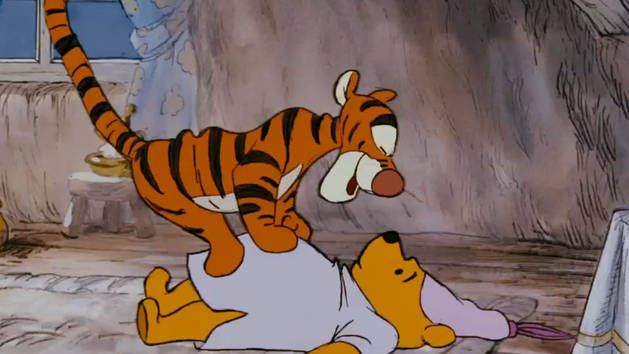
Walt was a fan of Stephen Slesinger’s red-shirted depiction of Pooh, and he acquired those rights as well. Pooh’s iconic look in this film is a direct result of this acquisition. Another addition from Disney himself was the character of Gopher, who does not appear in author A.A. Milne’s original stories. Walt felt that a more comedic and relatable character was needed to entice American children into the more staid British children’s work.
The shorts selected that fill out the film were made over a series of years from 1966-1974. The first short was one Walt supervised before handing it over to director Wolfgang Reitherman who was told to Americanize the piece, especially after the recent failure of Alice in Wonderland. The second short was the last one that Walt had involvement with, with the Nine Old Men and other Disney honchos deciding to make it the first post-Walt production, though priorities eventually shifted. Paul Winchell earned the famous voice role of Tigger due to his reputation as a ventriloquist.
While each of the shorts was successful on its own, the compilation into a full film did a lot to bolster the reputation of Pooh Bear. It released theatrically on March 11, 1977 to instant critical success. Though a few critics felt Disney improperly pilfered the whimsy of these children’s tales, most were favorable. No information is available on the box office success of the film, but it presumably did well. It has maintained a strong critical prestige throughout the years and is thoroughly integrated into Disney culture. With a ride at Disney parks, and characters showing up in cross-Disney properties such as Kingdom Hearts and other video games, Winnie the Pooh has maintained its reputation and staying power. Further Pooh Bear movies have been made, including one that this series will cover far down the line.
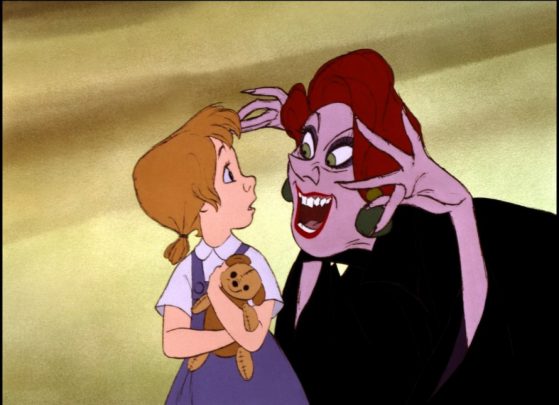
Released later in 1977, The Rescuers also began development over a decade earlier back in 1962. The initial treatment of the story was too overtly political for Walt, but was revived in the early 70s as a project for young animators such as Don Bluth to earn their stripes. Like most other Disney properties, this one was based on preexisting children’s books, and the studio chose to base the story on the most recent Rescuers book. Louis Prima was originally brought in, following his voiceover success in The Jungle Book, but after Prima became seriously ill in 1975 the entire project was scrapped.
The Rescuers would be rescued again, though, as the crew finished up Robin Hood and looked to start the next project. Production began all over again. Cruella de Vil was initially considered to be the villain of the piece, but the animators decided to avoid trying to make it a semi-sequel, so they selected Miss Diamond from one of the Rescuer books and retouched her look. Animator Milt Kahl was leaving the studio and decided to make her his send-off, personally doing much of the animation.
Other characters were selected from across many novels and combined into one piece. The dragonfly character initially began as a one-off comedic bit, but the animators were so bemused that his role expanded into a major sidekick for the leads Bianca and Bernard, whose relationship became a romantic subplot.
While the black-line xerography method of animation continued to be used in this work, The Rescuers marked the first big upgrade from that style. The xerography methods were improved to allow use of a medium-grey toner, allowing the cel artists to create softer lines and a less harsh look. This production was notable for being one of the last efforts from many Disney veteran animators and the first to feature Don Bluth as directing animator. Other notable animators stepped up who would end up becoming big parts of the Disney Renaissance period, making this a truly transitional film in the history of the studio.
The Rescuers was originally released as a double feature with the nature documentary A Tale of Two Critters. On a budget of $7 million, the film managed to gross around $41 million by the end of its international run, making it a fairly big hit. Despite the reputation of the Bronze Era as a down period, this one bucked against trends somewhat. The film was also notable for a small scandal after a home video release where frames containing nudity were found. Regardless, initial critical reviews were fairly high with some finding it as a sign of a new golden age of Disney to come. Reviews have cooled somewhat since, but many still credit this one as a bright spot among this era of Disney.
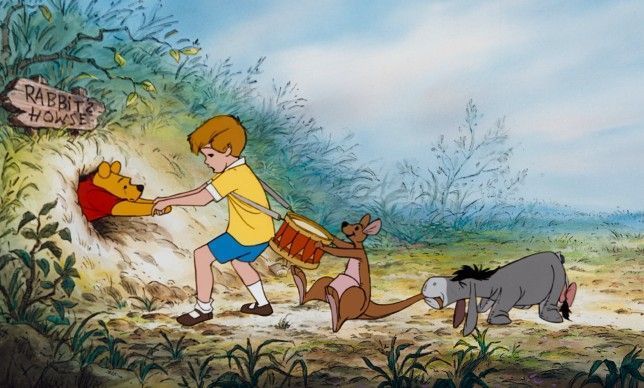
It has not quite endured in popular culture as much as other Disney works. Though it eventually garnered a sequel, the Rescuer characters do not quite have a huge cultural footprint. The characters do not show up in many video games, and their presence in the Disney Parks is also fairly minimal. For whatever reason, despite the critical accolades and box office, The Rescuers has faded.
Round 1: Story
Many of the Disney films after Walt’s death were fairly episodic in their plots, and The Many Adventures of Winnie the Pooh is the epitome of that storytelling style. The film does thread the shorts together with a connecting story about Winnie the Pooh being in a storybook that’s explored by a child, but this is mostly window-dressing.
Mostly is the operative phrase though, as this thread does come to a satisfying payoff with the ending sequence. It features one of the most emotionally-powerful moments in Disney history with Christopher Robin and Pooh discussing their time together and the importance of memories shared. Despite the hinted imminence of Robin leaving childhood behind, the warming confirmation that Pooh will always live in Christopher’s heart is the stuff that Disney nostalgia is built on.
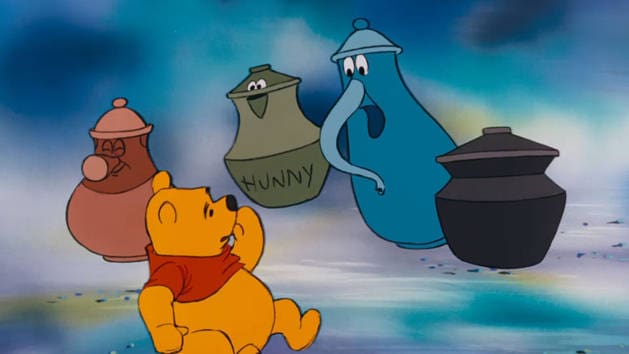
As for the various sequences themselves, they are amusing in their own right. Full of whimsical humor, fueled mostly by the silliness of the characters, there is an innocence to it all that is quite charming. This isn’t quite A+ storytelling, but one can’t help chuckling throughout. The film introduces a mild element of scariness with the Heffalump sequence (one that gave me nightmares as a very young child, leading to fast-forwarding on subsequent viewings), but it is a sequence of psychedelic bemusement.
This isn’t the best Disney has to offer, but when its strong emotional core shines through, Winnie the Pooh grabs hold of your heart and doesn’t let go. Its charm and whimsy shines through many decades later.
The Rescuers has more of a full story. It features two mice as the titular heroes who receive a mission to find an orphan girl held by a vindictive older woman, Madam Medusa. This is a classic adventure story, which lends itself to also being fairly episodic. Still, the story does weave the whole feature together.
The relationship between Bernard and Bianca, the two mice, is well-developed and charming. Seeing Bianca lead the way for the bumbling Bernard, and seeing them fall for each other as they navigate a series of obstacles and animal allies, gives the film a strong arc. The villain, Madam Medusa, feels a tad pointless despite a few zany sequences. Her alligator servants are almost more distinctive, as she is just generically mean to the orphan Penny in a way that other Disney villains do better.
The heart of The Rescuers makes it work, despite some parts of the adventure being more dull than others. The lead characters are interesting, and they feel at home among their adventure film compatriots from the 70s. This isn’t a stand-out film compared to Golden Age Disney, but it stands above many of the films covered in the project so far.
While both of these films are episodic in parts, and both have uneven storytelling, The Many Adventures of Winnie the Pooh has the slight advantage. The ultimate theme of the film is among the most emotionally-powerful storytelling moments in the canon, and there is enough humor to edge out The Rescuers.
Winner: The Many Adventures of Winnie the Pooh
Round 2: Music
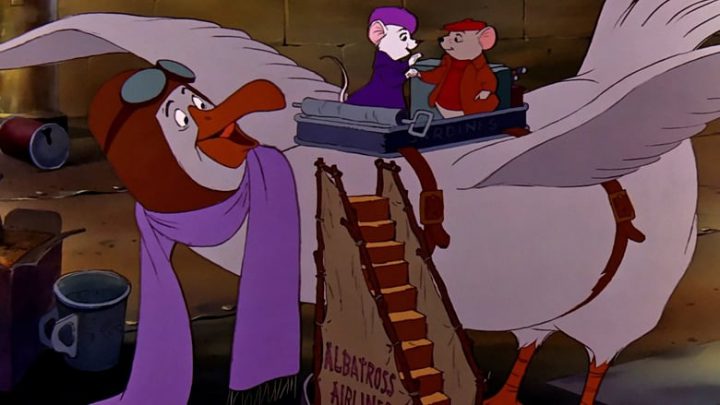
The Many Adventures of Winnie the Pooh has a number of iconic tunes. The titular track “Winnie the Pooh” has a rich choral opening that instantly launches you into the heart of the story before picking up with a bright and cheery sing-along style that encapsulates the tone of the film. Even years later, your brain will randomly bounce along to this wonderfully happy melody.
Other cheerful songs include “The Wonderful Thing About Tiggers,” a quick-paced quipping tune that has also withstood the test of time fairly well. Its clever lyrics and fast-paced introduction to the character of Tigger has kept it among the hallmarks of Disney tracks. Less popular but still great are “Rumbly in my Tumbly” and “Heffalumps and Woozles,” both of which have their charms. These all add up to Winnie the Pooh reviving the idea of the musical film after a few films with less songs.
The music in The Rescuers is a tad less iconic. That’s not to say there isn’t good music. “Tomorrow is Another Day” is a beautiful tune in the pop style of the 70s, elevated by the graceful voice of Shelby Flint. In fact, most of the music in this is more of its period than any other Disney music. Perhaps that’s why these songs haven’t endured as long. Still, they are decent and beautiful in their own way.
But nothing in The Rescuers really adds up to “Winnie the Pooh” or any of the other songs in the Pooh Bear-led films. Those numbers have withstood the test of time due to their clever lyrics and excellently constructed melodies. They stand among the highlights of Disney music.
Winner: The Many Adventures of Winnie the Pooh
Round 3: Animation & Direction
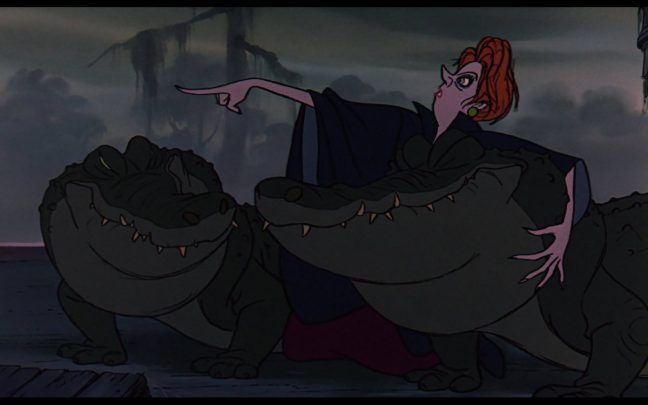
While there a few notable sequences in The Many Adventures of Winnie the Pooh, the overall animation quality is nothing to write home about. The zany colors and sequencing in the Heffalumps sequences is one of those highlights, nearly evoking some of the strong sequences in other works such as Alice in Wonderland. The bright and warm colors of the ending of the film also work quite well. The rest of the background animation though is rather plain and simple, heavy with the dark lines spoken about before.
The individual designs of the characters themselves are strong. Winnie the Pooh’s design works due to its remarkable simplicity, with the bright red shirt helping him stand out. The almost sock-animal approach to several other animals such as Eeyore and Piglet adds to the toybox aesthetic.
The Rescuers animation is strong as well. The characters themselves may not have become iconic, but their design isn’t at. Madam Medusa’s look accentuates her cruel and vindictive nature, and while some of the animal designs feel lifted out of The Jungle Book, others such as the dragonfly convey comedy and character well.
The backgrounds are also distinctive and beautiful. The xerography upgrade helps, and sequences such as the two lead mice flying across water on a bird are lovely. The bayou base of the villains also suitably conveys the dreariness of the setting.
While the character designs of Winnie the Pooh have stood the test of time well, the edge will go to The Rescuers. The animation isn’t quite as strong as the upcoming Disney Renaissance level, but it is a marked improvement on its Bronze Age predecessors. More detailed backgrounds go a long way towards improving the look of a Disney film.
Winner: The Rescuers
And the winner is….
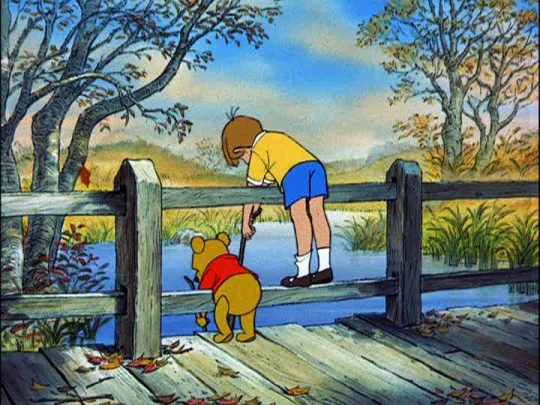
The Rescuers holds an interesting spot in Disney history. It’s a bridge film between the beginnings of the studio and its future ahead. It was critically well-liked, yet it feels like an odd man out in the canon of Disney. There are qualities to enjoy about this adventure story, but it never quite hits as deep as The Many Adventures of Winnie the Pooh. Winnie the Pooh came be a bit goofy and empty at times, but its strong emotional core makes it the winner. The pinnacle of this film is among the highlights of all of Disney canon.
Flickchart Stats
The Many Adventures of Winnie the Pooh
- Ranked #2,110 globally
- Wins 43% of matchups
- 4,716 users have ranked it 49,163 times
- 10 have it as their #1 film
- Ranked 26/65 in the Walt Disney Animation Studios filter
The Rescuers
- Ranked #2,763 globally
- Wins 39% of matchups
- 8,655 users have ranked it 78,606 times
- 1 has it as their #1 film
- Ranked 34/65 in the Walt Disney Animation Studios filter
Disney Reel Rumble Retrospective Chart
- Bambi (1942)
- Snow White and the Seven Dwarfs (1937)
- Cinderella (1950)
- Fantasia (1940)
- Peter Pan (1953)
- The Jungle Book (1967)
- Robin Hood (1973)
- Alice in Wonderland (1951)
- Pinocchio (1940)
- The Many Adventures of Winnie the Pooh (1977)
- One Hundred and One Dalmatians (1961)
- Lady and the Tramp (1955)
- The Rescuers (1977)
- The Aristocats (1970)
- Dumbo (1941)
- Sleeping Beauty (1959)
- The Adventures of Ichabod and Mr. Toad (1949)
- The Three Caballeros (1944)
- The Sword in the Stone (1963)
- Melody Time (1948)
- Saludos Amigos (1942)
- Fun and Fancy Free (1947)
- Make Mine Music (1946)
Rank all of these films and all of Disney’s work on Flickchart today!
The post Reel Rumbles: The Many Adventures of Winnie the Pooh vs The Rescuers first appeared on Flickchart: The Blog.

